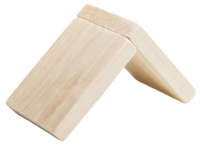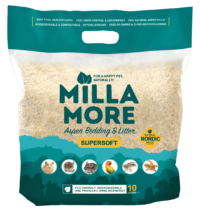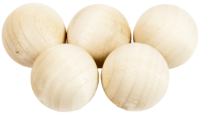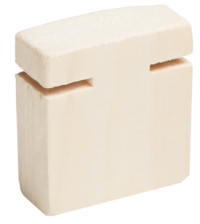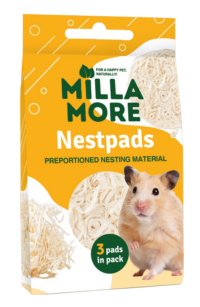Ferrets habitat and exercise
Ferrets habitat and exercise
Ferrets habitat
Ferret cages should be a minimum of 46 x 46 x 76 cm and have two or more levels with stairs or ramps they can climb. Wire cages work best. Avoid using aquariums as they have very poor ventilation. The cage should have very small gaps and a secured latch to prevent them from escaping – you would be surprised how small of an opening they can squeeze through! The floor should be covered in washable carpet, linoleum flooring, etc. as the wires can hurt their little feet. For flooring, avoid using newspaper (will turn their feet black), wood flooring (difficult to disinfect) and cedar or pine chips (may cause respiratory issues, holds in bad odors).
You should provide your ferrets with hammocks or shelves to perch on, as well as some sort of dark enclosure they can nest in. Bedding, such as towels or blankets, should be washed often. As for toys, stick to the ones that encourage the ferret’s need to burrow or hunt. As previously mentioned, they love items they can tunnel through. For the hunting aspect, they enjoy playing with small balls, feather cat toys, or small cloth baby toys. Avoid foam or latex rubber toys as they will likely chew on them and swallow some, causing a GI obstruction.
Ferrets need exercise
Ferrets need exercise and mental enrichment and therefore should not be caged 24 hours a day. They should always be supervised when outside of their cage. The areas you allow your ferret to explore should be very strictly “ferret-proofed”. For example, you should make sure they can not reach any electrical wires, dangerous substances or breakable items. Cover any gaps they can fit through, such as under doors, windows and dryer vents. They have been known to escape the house this way. Check all clothing before purring in the washing machine. Check the dishwasher before turning it on. Make sure you know where the ferret is before reclining a chair’s foot rest.
Ferrets can be litter box trained! You should provide them with several litter boxes – one in the cage and multiple boxes in their playing area. They should always have a box, pee pad or newspaper close by because, as mentioned under “DIET”, they have a short GI tract and therefore cannot hold it in very long. They like it in the corner of the room the best. Do not use clumping cat litter, but instead pelleted litter products, such as Yesterday’s News, or even shredded paper. They don’t cover their messes like a cat does, so you will have to scoop their litter boxes more often.
Ferrets should be kept away from direct sunlight. A cool, shaded area is best. Hot weather can be a worry, so if you know the temperature is above 27C, be sure to check on the ferret often and point a fan at the cage if possible.
https://www.vetcarepethospital.ca/beginners-guide-ferret-care/
